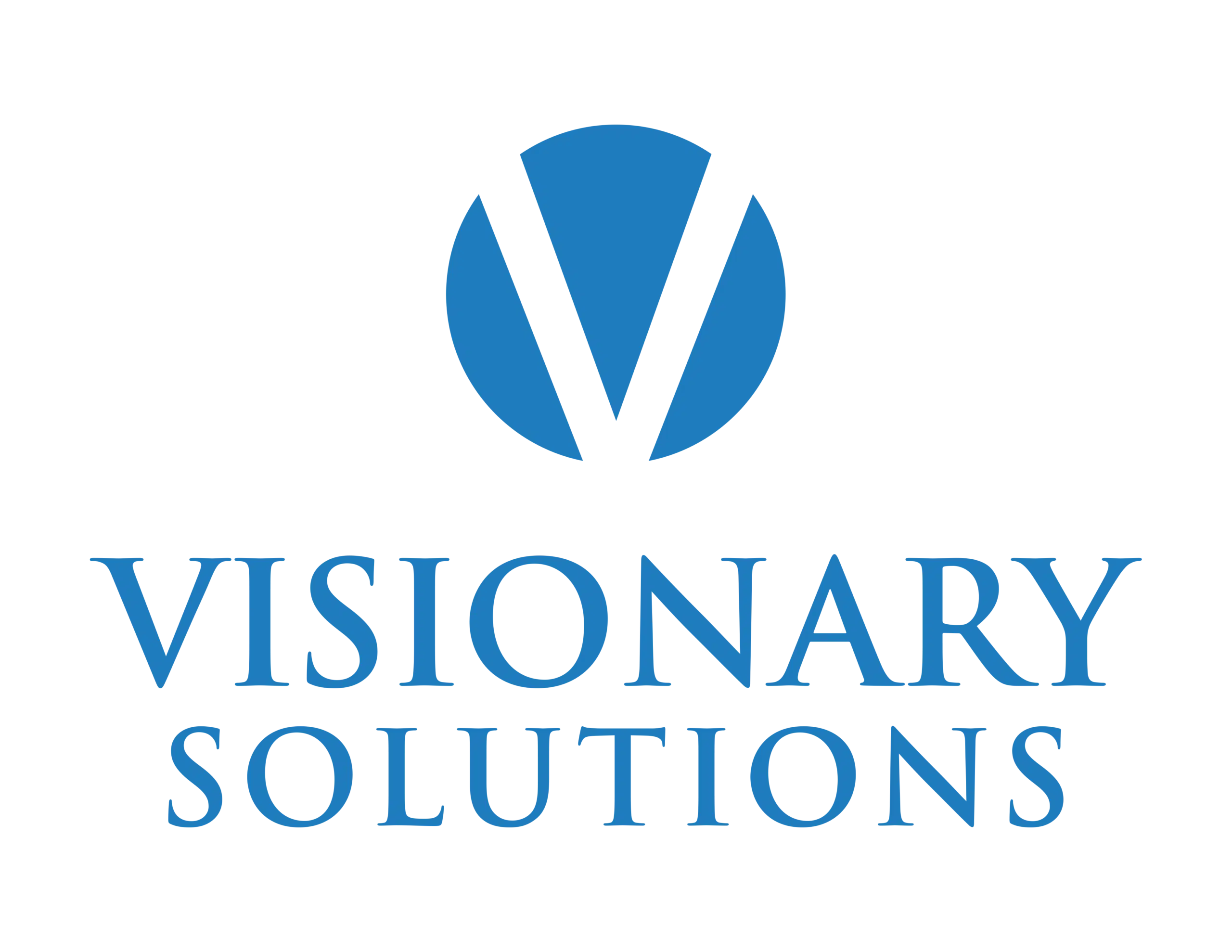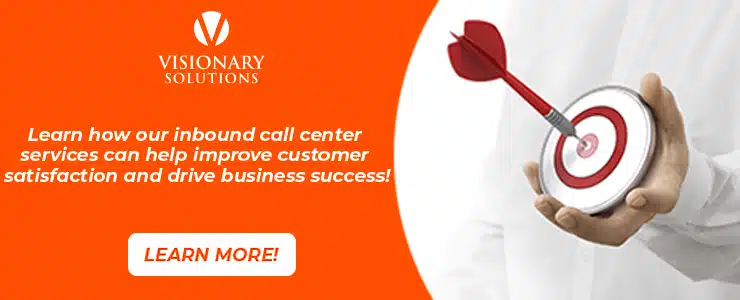The word “call center” has become synonymous with a company’s customer service operations. Over the years, however, call centers have evolved from being just a phone-based customer service channel to a complex, multi-channel customer contact center. With so many channels available today, it can be hard to keep track of all the options. This is especially true when you start to get into the nitty-gritty of things like inbound vs outbound call center services.
So what are the differences between the two? And how do you decide on which service will work best for your business? We provide all the answers in this article.
What is an Inbound Call Center?
An inbound call center is a type of contact center that primarily handles incoming calls from customers. This type of center is often used by businesses to provide customer service, support, and sales. Many use an inbound calling service because it can be more cost-effective than maintaining their own in-house call center.
Inbound call centers are typically staffed by customer service representatives who are trained to handle customer inquiries. In some cases, they may also handle outbound calls, such as follow-up calls or customer satisfaction surveys.
Inbound calling services can provide a wide range of features and benefits that can help businesses to improve their customer service, increase sales, and save money. Inbound calling services can also help businesses to manage their calls more effectively and to track and measure the performance of their customer service representatives.
What is an Outbound Call Center?
An outbound call center, on the other hand, is a type of call center that makes outgoing calls to existing and potential customers on behalf of a business. The main services provided by an outbound call center include customer service, sales, and telemarketing. They also offer extra services such as appointment setting, reminder services, or customer satisfaction surveys.
Businesses use an outbound calling service to improve customer satisfaction, increase sales, and generate leads. An outbound service can also help businesses save time and money by handling tasks that would otherwise need to be completed in-house.
Difference between Inbound vs Outbound Call Centers
Simply explained, inbound call centers are usually the ones that customers call when they have an issue or need help with something. While, outbound call centers are the ones that make the calls to customers, usually for sales or telemarketing purposes. Here is some more detail on the differences between these two types of call centers.
Based on the type of services they provide
- Inbound call center
Inbound call center services are those where customers or clients call the company, rather than the company calling them. This is in contrast to outbound call center services, where agents make calls to customers or clients. Inbound call center services can include customer service, technical support, appointment scheduling, and even sales. They mainly help customers or clients by getting their questions answered or problems resolved quickly and easily. Thus improving satisfaction and loyalty rates.
- Outbound call center
An outbound call center provides a variety of services that are different from inbound calling services. Outbound call centers typically make calls to customers on behalf of a company, rather than receiving calls from customers. This means that outbound call center agents are focused on selling products or services, promoting a company, or conducting market research. They may also make calls to schedule appointments or follow up with customers after a purchase.
Software Features/ Technology
- Inbound call center
Some common features and technology used by inbound call centers include:
Computer telephony integration (CTI): Inbound call centers use computer telephony integration to route and manage phone calls. CTI includes features like automatic call distribution, which distributes calls evenly among agents, and call queuing, which holds calls in a virtual line until an agent is available. CTI also allows managers to monitor calls and agent performance in real-time, so they can make changes on the fly to improve efficiency.
Automatic call distributors (ACD): It is a telephony device used by inbound call centers to route incoming calls to the next available agent. ACDs are also known as call routers. They can also be used to route calls to specific agents based on skillset or language preference.
Interactive voice response (IVR): Interactive voice response is a technology that allows a computer to interact with humans through the use of voice and DTMF tones input via a keypad. IVR systems can be used to collect information from callers, such as account numbers or credit card numbers. They can also be used to provide information to callers, such as account balances or store hours.
- Outbound Call center
Some common features and technology used by outbound call centers include:
CRM software: Outbound call centers use CRM software to track and manage customer interactions. This software helps agents keep track of customer information, contact history, and preferences.
VoIP phone system: Outbound call centers have long used Voice over IP phone systems to make and receive calls. VoIP is a type of internet protocol that allows for the transmission of voice and other data over an internet connection. This can be done using a standard phone line or a broadband internet connection.
Call centers use VoIP phone systems because they are cheaper to maintain and operate than traditional phone systems. They also offer more features and flexibility than traditional systems. For example, VoIP systems can be used to route calls through a computer network, which can save on long-distance charges.
Cloud-based call center software: Outbound call centers use cloud-based call center software to manage their outbound calling processes. This type of software allows call centers to automate their outbound calling processes and track their performance. They also provide outbound call centers with the ability to scale their operations up or down as needed.
Predictive dialer: Predictive dialers are computer systems that automate the process of making outgoing calls. They are commonly used in outbound call centers to increase the number of calls that agents can make on a given day.
Predictive dialers work by automatically dialing numbers from a list of leads and connecting the call to an available agent as soon as the call is answered. This allows agents to spend less time waiting for calls to be connected, and more time actually speaking with customers.
Overall, predictive dialers are a valuable tool for outbound call centers that are looking to increase their productivity and performance.
Agent Training
There are several key differences between inbound and outbound call center training. Inbound call center training typically focuses on teaching agents how to handle customer inquiries and complaints, while outbound call center training emphasizes sales techniques and script memorization.
Outbound call centers also tend to have more stringent quotas and performance expectations, so agents must be able to work quickly and efficiently. In addition, outbound call centers often require agents to make cold calls, so they must be comfortable with rejection and be able to handle rejection in a professional manner.
Ease of selling products or services
Inbound call centers are typically easier to sell to because customers are already interested in the product or service. Outbound call centers may have a harder time selling because they are interrupting customers and may not have as much information about the product or service.
Inbound vs Outbound Call Center Service: How to choose?
When it comes to running a business, there are certain tasks that are better suited for call center services. This is especially true when it comes to customer service and sales. But how do you know if you need an inbound or outbound one?
There is no definitive answer to this question. However, some factors that businesses should consider when making this decision include the nature of their products or services, their target market, and their sales goals. Businesses should also think about whether they want to use these calling services to generate leads, build relationships, or close sales.
Some businesses may find that an inbound call center is necessary in order to keep up with customer demand, while others may only need one on a seasonal or as-needed basis. Ultimately, it is up to the individual business to determine whether or not an inbound call center is a necessary part of their operations.
Meanwhile, there are a few factors that could define whether hiring an outbound call center is necessary for a business. These include:
- The type of business: Some businesses, like e-commerce companies, may not need to hire an outbound call center as they do not need to make sales calls.
- The size of the business: A small business may not need to hire an outbound call center as they may not have the budget or the need for one.
- The business goals: If a business’ goal is to increase sales, then it may need to hire an outbound call center in order to make more sales calls.
If you still are not sure whether you need an inbound or outbound call center service, it is best to consult with a professional. They can help you determine which type of service is best for your business and help you set up the necessary system and process.
Why should your business use both inbound and outbound contact centers?
There are a few cases in which it might make sense for a business to hire both an inbound and an outbound call center. The following are a few examples:
- A business with a large customer base that needs 24/7 support might consider hiring an inbound call center to provide around-the-clock customer service. The company could then supplement this service by hiring an outbound call center to make follow-up calls to customers, promote new products or services, or conduct customer surveys.
- A business that is launching a new product or service might consider hiring an outbound call center to generate interest and create demand for the new offering. The inbound call center could then focus on servicing the existing customer base.
A business that is experiencing high customer churn might consider hiring an inbound call center to attract new customers and help them get acquainted with the company’s products and services. The outbound call center could then focus on helping customers who are already using the company’s products and services to get the most out of them.




